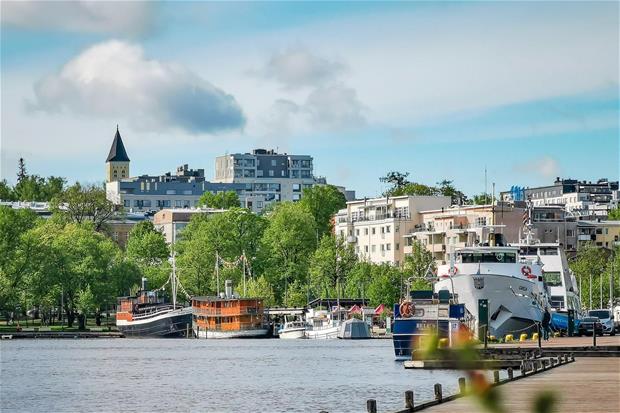Lappeenranta's Pilot City Activity: Integrated Digital Solutions for District Heating Optimisation & Empowering End-Users

© Visit Lappeenranta / CC BY-SA 4.0
Background
The city has a genuine commitment to achieving carbon neutrality by 2030, evidenced by the establishment of a Transition Team comprised of diverse stakeholders, who have shown commitment to decarbonisation.
The Lappeenranta pilot activity falls under the domain of “built environment” and concerns the integration of ICT tools into the existing energy system, empowering end-consumers, facilitating the integration of green technologies, and supporting flexible electricity and heating systems with effective demand side response solutions. The city has monitoring data for energy and heat consumption since 2008 until 2021.
The pilot activity aims to address the following challenges of district heating distribution:
- Lappeenranta aims to have 100% fossil free district heating by 2026;
- District heating and its backup fuel oil and natural gas systems account for about 10% of the city’s emissions. Alternative solutions are needed to tackle/substitute the use of imported fuels;
- Currently, part of the production during the peak load comes from fossil fuels, natural gas and heating oil;
- Energy losses in the district heating system and not optimised space heating solutions.
Description of Activities
The aim of this pilot project is to optimise the heat and power consumption in residential and service buildings.
It will implement an innovative demand responsive solution to address Peak Loads of heat consumption in the residential/service sector in Lappeenranta city. The digital solution can save 5 to 10% electricity and district heating and avoid the use of fossil fuels as a backup system particularly during peak hours consumption. Optimisation is aiming for 5 % annual saving in heating by utilising building data and weather data to prevent excess heating in changing circumstances.
The solution aims to increase the comfort of building users as it prevents excess space heating and provides thermal environment monitoring for premises of the building and indicate maintenance needs of the heating devices.
The pilot activities are based on:
- Setting up the pilot system requirements and buildings preparations;
- District heating optimisation scenarios with ICT solutions, including digital twin, thermal environment sensors, and optimisation and end user interface are acquired as a cloud software service;
- Impact assessment of the pilot activities and scenarios for the solution scaling up;
- End users acceptance and support of the ICT solutions through feedback surveys conducted before and after the piloting activities.
Objective
To optimise and scale up digital ICT solutions in power distribution and district heating (DH) in residential and service buildings, to address peak loads of electricity and heat consumption, in Lappeenranta city.
Are the pilot activities building upon or part of a previous and/or existing activity?
The city has implemented BACnet compatibility on city owned buildings. It has enabled the implementation of the Virtual Power Plant (VPP) to simplify and improve the power procurement, reduce costs, and improve efficiency in the city owned service buildings. The city plans for VPP expansion and integration of new data-driven energy efficiency systems through more indoor/outdoor air pressure and temperature sensors, AI and big data analytical tool.
A data driven platform has been developed to collect data and generate new energy services for end users, overcoming challenges related to the rapid market adoption of digital services and solutions to effectively reach consumers and communities. It aims to further integrate data exchange infrastructures and advance knowledge and practice in different ways.
Which emissions domains will the pilot activities address?
Systemic transformation – levers of change the pilot activities will exploit
Stakeholder types that the city would like to engage in the pilot activities
Transferable features of the pilot activities to a Twin City/ies
- Examples of solutions for the fossil free heating system;
- Technical aspects on Virtual Power Plant and District Heating optimisation solutions with a step-by-step user manual, system components, cost benefits and LCA analysis;
- A technical report (main project outcome) will be developed at the end of the project which includes technical description of the pilot, system requirements and components including the IoT devices, optimisation scenarios and results;
- Business model(s) for implementing demand response solutions for the district heating system.
This answer is not exhaustive and simply an indicative one.
Enabling conditions that will support the successful replication of your pilot activities in the Twin City
- Geographically it would be relevant to other cities using District Heating networks.
- Big replicability potential in cities aiming for substituting natural gas network with district heating network.
This answer is not exhaustive and simply an indicative one.
What does the city want to learn from Twin City/ies?
1. Co-operation between multiple actors: The city, energy providers and energy users.
2. Implementation of new innovative solutions for the building energy monitoring and energy use.
3. The use of innovative financing mechanisms for the energy efficiency and renewable energy investments.
This answer is not exhaustive and simply an indicative one.

